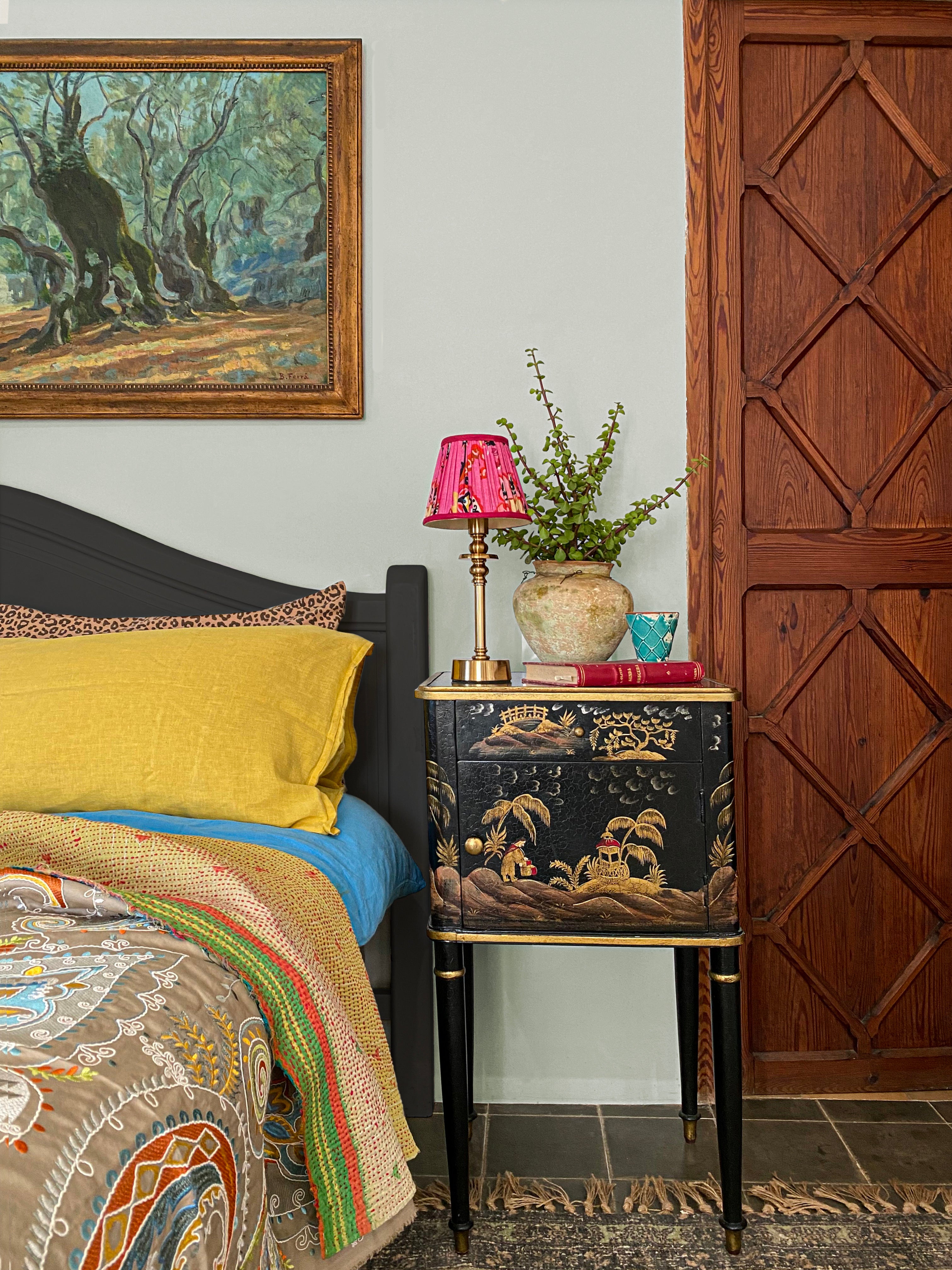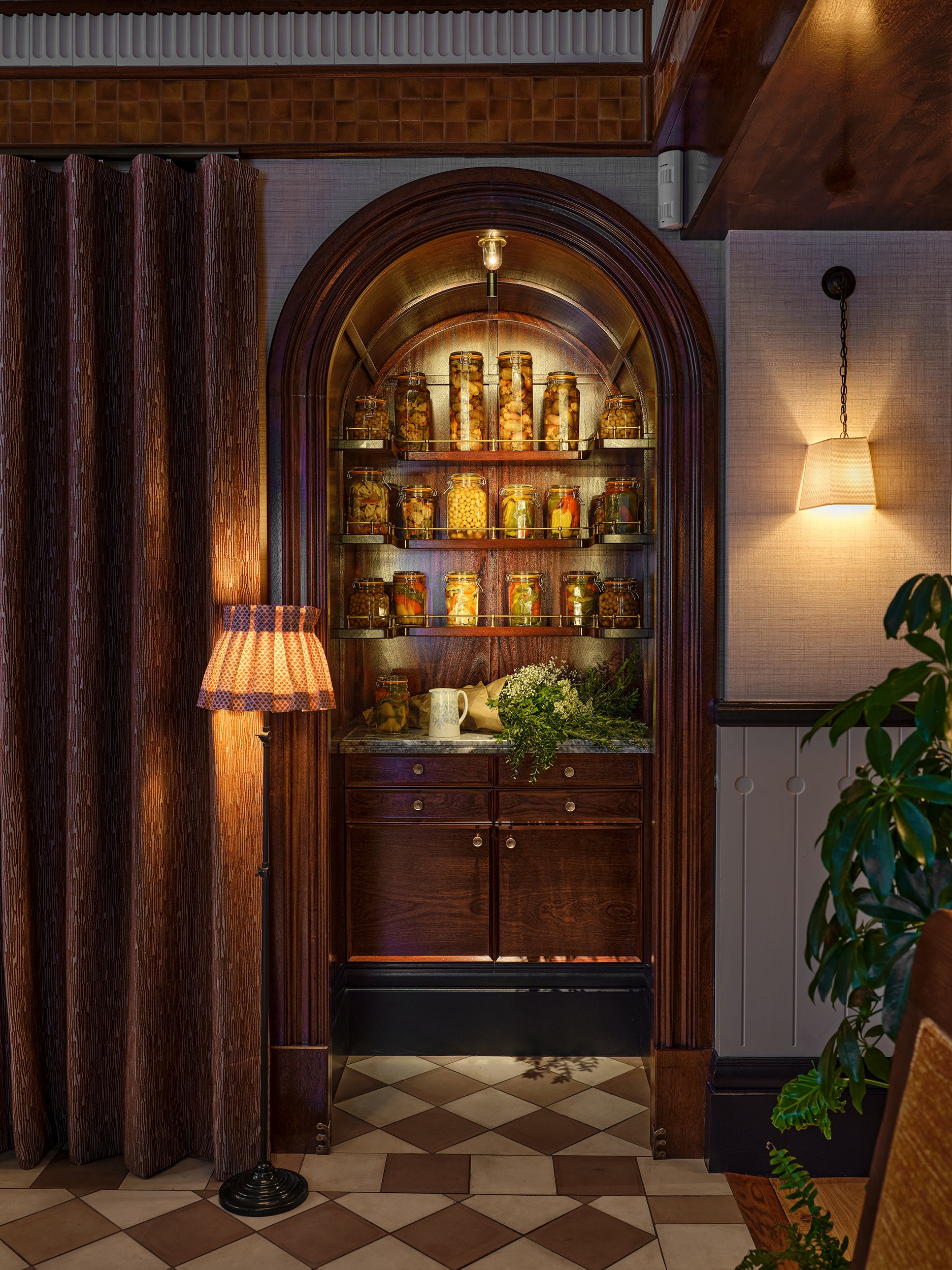Expert lighting tips to get you through the darker months
As the clocks go back and the cold sets in, it’s time to up the ante on your lighting at home. From holistic philosophies on what it means to light your home well, to the kind of bulbs you should choose, Anya Cooklin-Lofting rounds up top lighting tips from experts

Your support helps us to tell the story
From reproductive rights to climate change to Big Tech, The Independent is on the ground when the story is developing. Whether it's investigating the financials of Elon Musk's pro-Trump PAC or producing our latest documentary, 'The A Word', which shines a light on the American women fighting for reproductive rights, we know how important it is to parse out the facts from the messaging.
At such a critical moment in US history, we need reporters on the ground. Your donation allows us to keep sending journalists to speak to both sides of the story.
The Independent is trusted by Americans across the entire political spectrum. And unlike many other quality news outlets, we choose not to lock Americans out of our reporting and analysis with paywalls. We believe quality journalism should be available to everyone, paid for by those who can afford it.
Your support makes all the difference.1. ‘Think about how lighting will make you feel better’
“The crux of lighting design in the home is to define the brief and separate or identify the needs. In very simple terms, it’s about trying to elongate the day and render our homes constantly usable with the help of artificial light,” said Richard Parr, founder of architecture practice Richard Parr Associates.
“Having said that, once one has identified where light is needed for tasks (for example cooking, reading, shaving and make-up for example), I advise separating this practical aspect from the rest, which then falls into atmospherics. This is where lighting can become genuinely fun and life-enhancing.
“My advice is to consider this at every decision-making point. Think about light as adding a dimension to our enjoyment of the interiors and the architecture. Think about where it enhances our enjoyment of the things within the home, be it art, furniture, plants and so on. Consider how it will make you feel better. We never choose to look at the sun so why would we want to see dozens of spotlights in a ceiling, for example?”
2. ‘Go for dramatic pendants and statement table lamps’
“Lighting is all about making a statement. It is one of the most important elements of interior design, as it can completely transform the look and feel of a room,” said Martin Waller, founder of Andrew Martin.
“Opt for dramatic pendants as your main source of light and pair them with statement table lamps to create an atmospheric mood. Wall lights work well as accent lighting to highlight interesting features in the room, such as art or artefacts.
“You can also use statement lighting to create different zones so that each has a purpose. Hang pendant lighting over dining areas and use task lamps in corners of the room to create cosy areas for reading.”

3. ‘Avoid overhead spotlights – it will make your home feel clinical’
“Lighting is key to creating a warm atmosphere,” said interior designer Naomi Astley Clarke. “Avoid overhead spotlights and cool-white bulbs which will make your space feel clinical and formal and instead adopt soft, warm wall lighting for spaces such as the entryway or living room.
“Highlight bookshelves and wall art with picture lights – a relatively inexpensive way to create a high-end finish. For darker rooms, I have found installing gilded or pearlescent paper on the ceiling a delicate way to uplift a space.”
4. ‘With the nights drawing in, don’t be afraid to use lighting during the day’
“Lighting should evolve throughout the day,” said Niki Wright, co-founder of Lights & Lamps. “The nights are drawing in fast, but it can be pretty dull throughout the day too, so don't be afraid to use artificial lighting in the day to brighten the room and lift your mood.
“As the day turns to evening, start to add light with lamps on a side table or worktop, or floor lamps to lighten a corner. When it's finally time to sit back and relax, switch off the ceiling pendant or chandelier, dim the floor lamp and make your living area a cosy cave by layering two, three or several table lamps around the room at different heights.”
5. ‘Make use of mirrors to boost brightness’
"There are a couple of lighting tips I like to keep in mind when designing a lighting scheme,” said Margit Argus, founder of the architectural studio, Studio Argus.
“Firstly, when it comes to choosing bulbs, opt for warm white or soft white with lower colour temperatures as they emulate the inviting warmth of candlelight. Concealed, minimal, and long-lasting LED solutions are best, aligning with the need for energy efficiency and durability.
“Secondly, you can rely on strategically placed mirrors to reflect both natural and artificial light, enhancing the perception of brightness and spaciousness.”
6. ‘Favour a few lamps over one main lighting source’
“When it comes to lighting your home, choosing lamps should be like selecting accessories to complement an outfit,” said interior designer Matthew Williamson. “Setting the mood rests entirely on the lighting you choose. Forget about using one main lighting source in favour of illuminating a few lamps around the room for a more interesting, flattering lighting scheme.
“This way, you can be more flexible with what you intend to light. For example, a reading corner would benefit from an elegant swan-neck wall light, while a piece of art would look spectacular on the wall between two table lamps on a credenza or sideboard.”

7. ‘Auctions can be good for finding unusual lamps and lighting’
“It’s no secret that lighting bought new can be incredibly expensive, so buying at auction often makes good financial sense, and is a more sustainable option,” said Martin Millard, director at auction house, Cheffins. “Values really vary, but auction houses can usually offer opportunities for most budgets.
“Auction houses can be a fantastic hunting ground for unusual lamps and lighting, offering unique opportunities to acquire pieces that would simply be unavailable anywhere else. You can find everything from high-value Chinese porcelain vases which have been converted to lamps, to high-end branded lighting and mid-century design classics.
“When buying lighting at auction, it is worth asking the auctioneer for a condition report, but one should always have any electricals checked by a qualified electrician before use.”
8. ‘Use pockets of light to create a warm, cosy atmosphere’
“Autumn and winter are the seasons where rooms can be brought to life with intentional ‘pockets of light’ provided by picture lights, spotlights and lamps that create a warm, cosy feeling,” said Andrew Molyneux, co-founder of TM Lighting.
“Balancing these layers of light makes for a more interesting space. When this is done well, the eye is naturally drawn to settle on cherished objects and artworks in the space, an effect that can’t be achieved with a singular pendant of lighting. For the environmentally conscious, it is far better to utilise LED lighting which is far less energy intensive than incandescent lights.”

9. ‘Every lamp should act as a statement piece’
“I struggle with spotlights and prioritise pendants or lamps in a living environment,” said Shelley Simpson, founder of Mud Australia. “I previously lived in an ‘Arts and Crafts’ building where the ceilings were ornate and unique in every room. They were artworks in themselves, and I thought they shouldn’t be disrupted by cables or tracks.
“Instead, I used several lamps around the room as they are a great way to incorporate colour and style. I believe every lamp should act as a statement piece, while simultaneously outlasting seasonal trends.”
10. ‘Tailor your lighting to how you use each space’
“Achieving atmospheric lighting during the darker winter months requires a comprehensive approach that takes various elements into account,” said Clemence Pirajean, co-founder of interior design studio Pirajean Lees. “To soften and diffuse light, contemplate the use of lampshades crafted from textured sheer materials, and consider the impact of warmer wall finishes.
“This can be achieved with neutral pale colours such as an off-white, with a warm earthy undertone, enhancing the overall lighting effect. Tailor your lighting setup to the specific usage of each space. For instance, for a reading nook, opt for soft, low-level lighting complemented by task lighting near seating areas.”
11. ‘It is important to create layers of lighting’
“There are two types of lighting: architectural lighting and decorative lighting,” said Louise Wicksteed, creative director of interior design studio, Sims Hilditch. “Architectural lighting is generally technical lighting, for example, spotlight or LED strip lighting used for shelving. Decorative lighting is pendants, table lamps, and wall lights. Within each space, it is important to create layers of lighting, including both.
“In older properties where wiring options are limited, a good solution could be to consider using LED lamps or wall lights as they don’t require hard-wiring and can be charged. They also allow for flexibility, to be able to move them around your home and even outside. For example, you can place them on a side table next to a free-standing bath for extra reading light.”
12. ‘Invest in lighting that uplifts any environment, for any task’
“As our homes continue to serve as traditional living spaces as well as workspaces, cordless, dimmable lamps work perfectly for multipurpose spaces and for those who need versatile lamps for various tasks at home,” said Massimiliano Tosetto, managing director of Lodes. “In this way, it's important to invest in attractive, accessible, durable, and technological design solutions that uplift any environment, for any task.”
Join our commenting forum
Join thought-provoking conversations, follow other Independent readers and see their replies
Comments